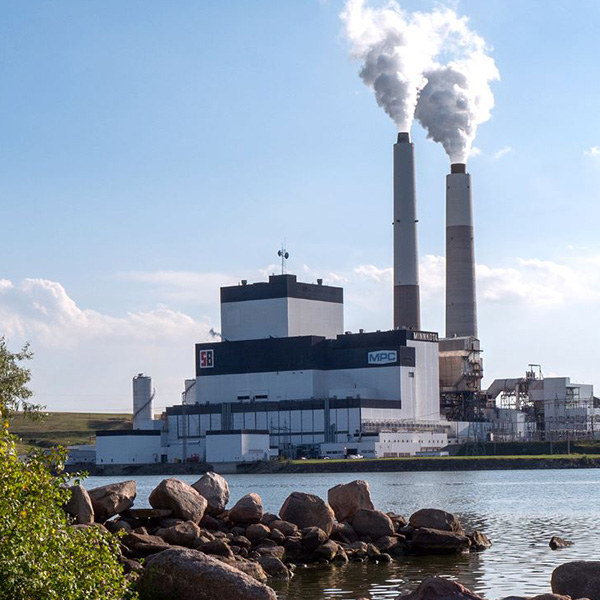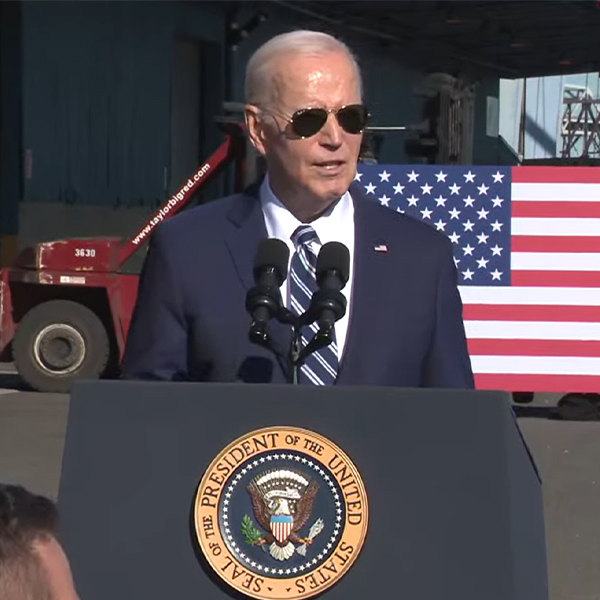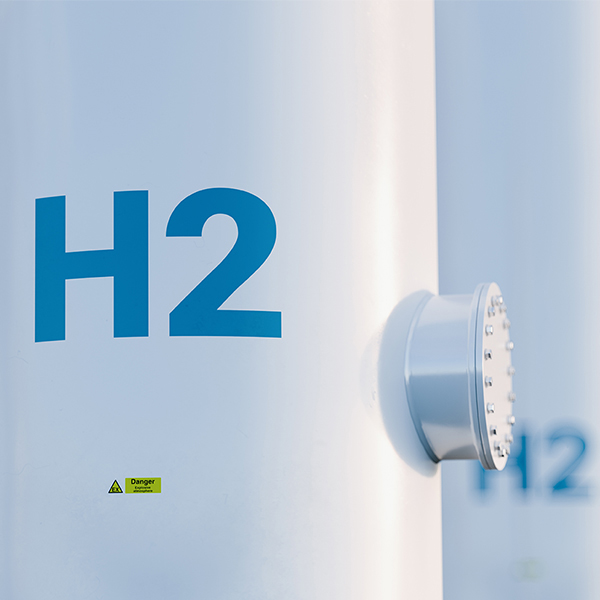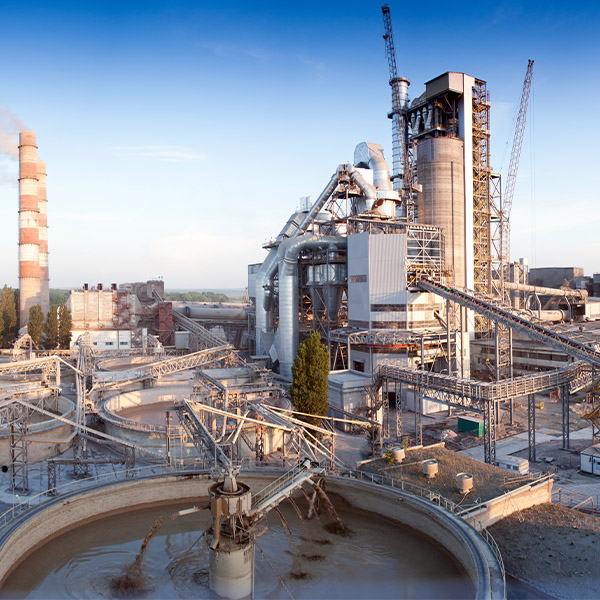DOE Office of Clean Energy Demonstrations (OCED)
California became the first state in the U.S. to officially launch a hydrogen hub, with the announcement of a funding agreement with the Department of Energy.
A series of presentations and panels at the BloombergNEF Summit provided a measure of the industry’s success in crafting a narrative based on a “balanced” and well-paced transition that includes cutting egregious emissions and scaling carbon capture and storage technologies.
About 300 off-grid homes in the Hopi and Navajo nations soon could have electricity from solar and storage systems paid for with part of $366 million in federal funding.
Coming on the heels of COP28 in Dubai - and its weak call for a reduction in fossil fuel use - some researchers and advocates continue to argue that the normalization of CCS will simply prolong the burning of fossil fuels and the emissions they produce.
The hydrogen hubs reflect an attempt to balance the conflicting political and energy industry interests that went into the bipartisan infrastructure bill.
DOE will use $1 billion from the bipartisan infrastructure law to underwrite demand for the clean hydrogen to be produced by regional hydrogen hubs.
DOE is estimating that 500 to 750 GW of clean, firm power — including 200 GW of new nuclear — will be needed to reach net-zero emissions economy-wide by 2050.
The Department of Energy will award $6 billion to accelerate decarbonization projects in energy-intensive industries, the largest investment of its kind.
DOE is targeting the dirtiest and hardest-to-decarbonize electric power and industrial plants with $2.5 billion for "transformative" carbon capture projects.
Three nominees for top posts at the DOE faced pointed questions from Senators known for protecting fossil fuel sector interests.
Want more? Advanced Search









